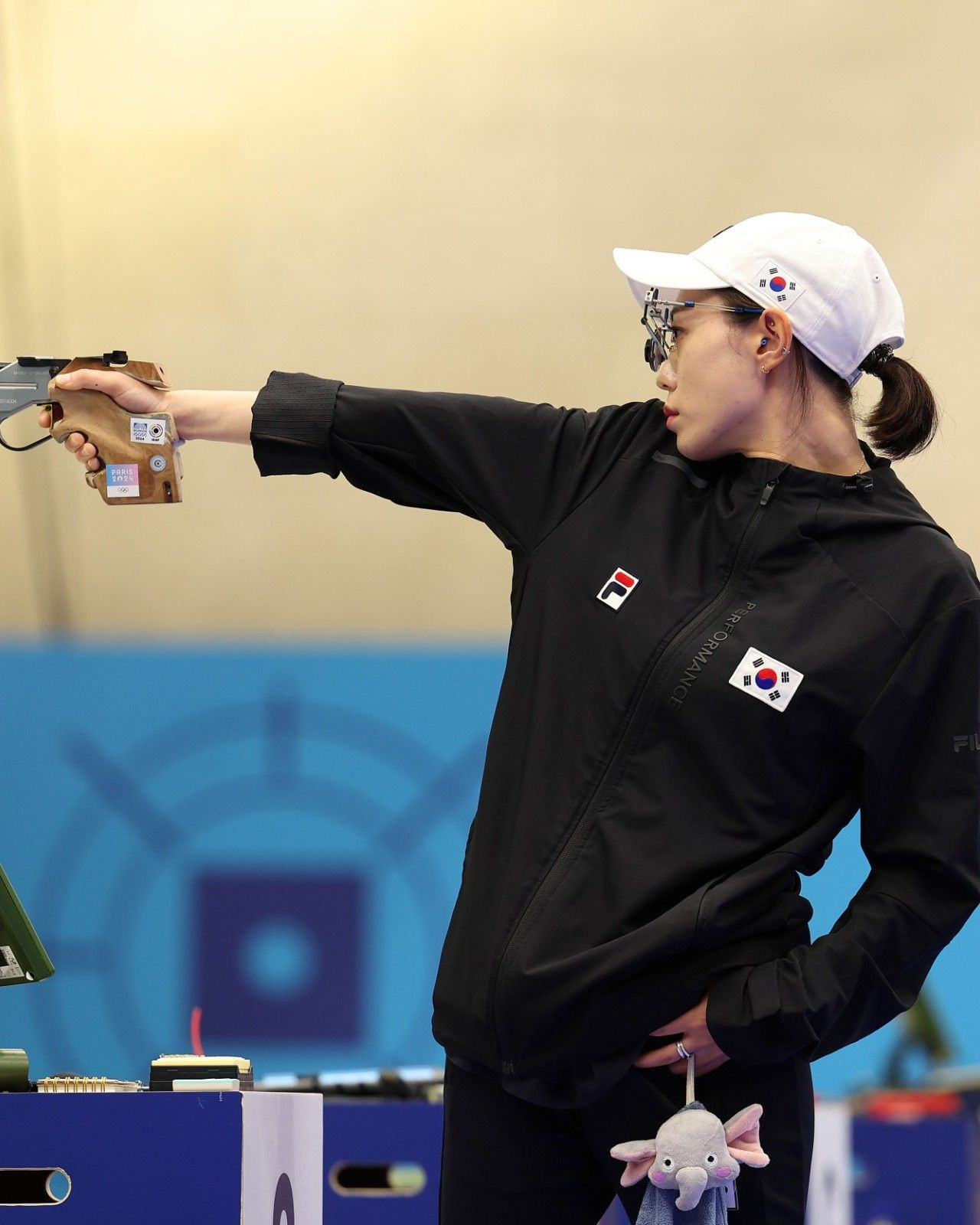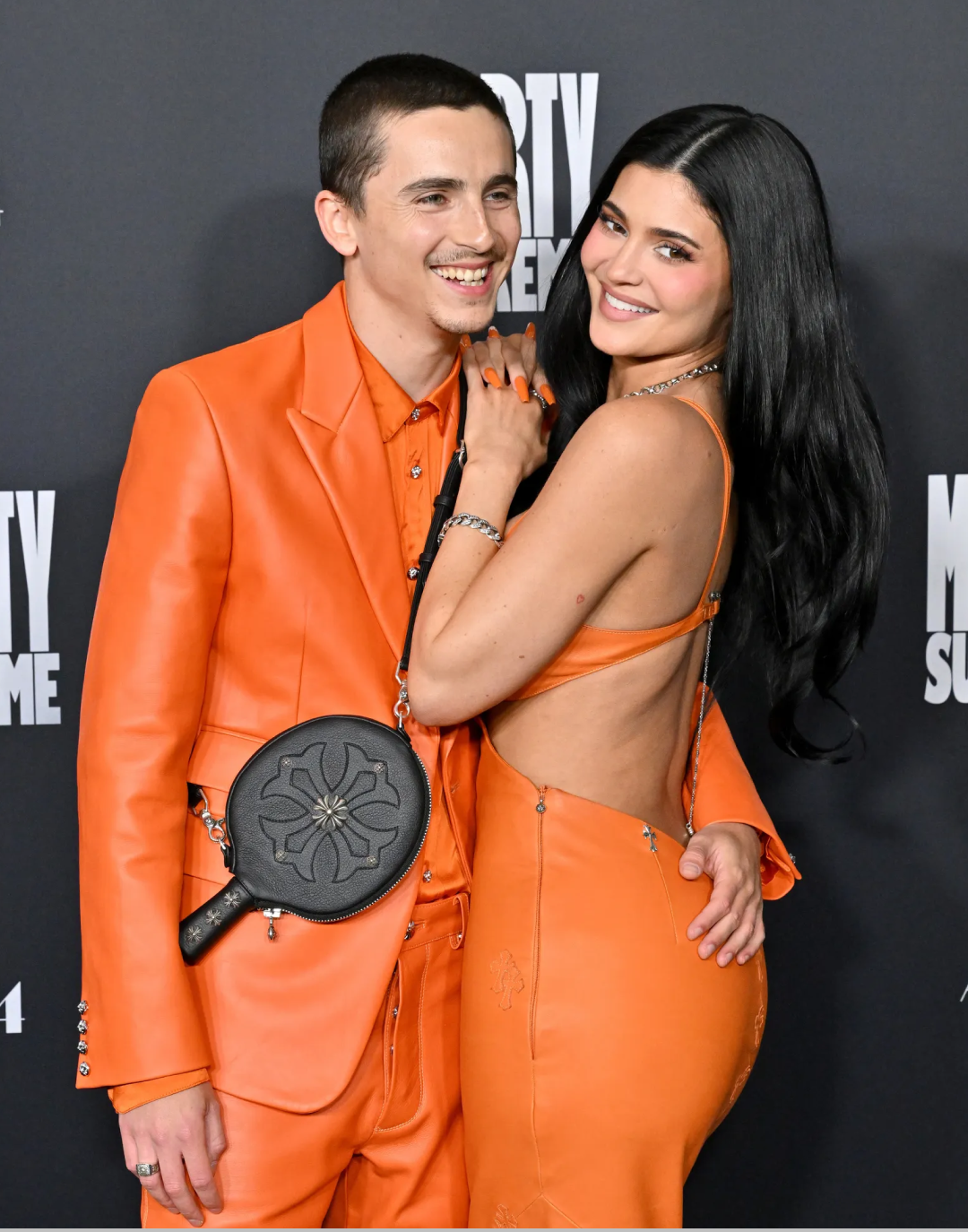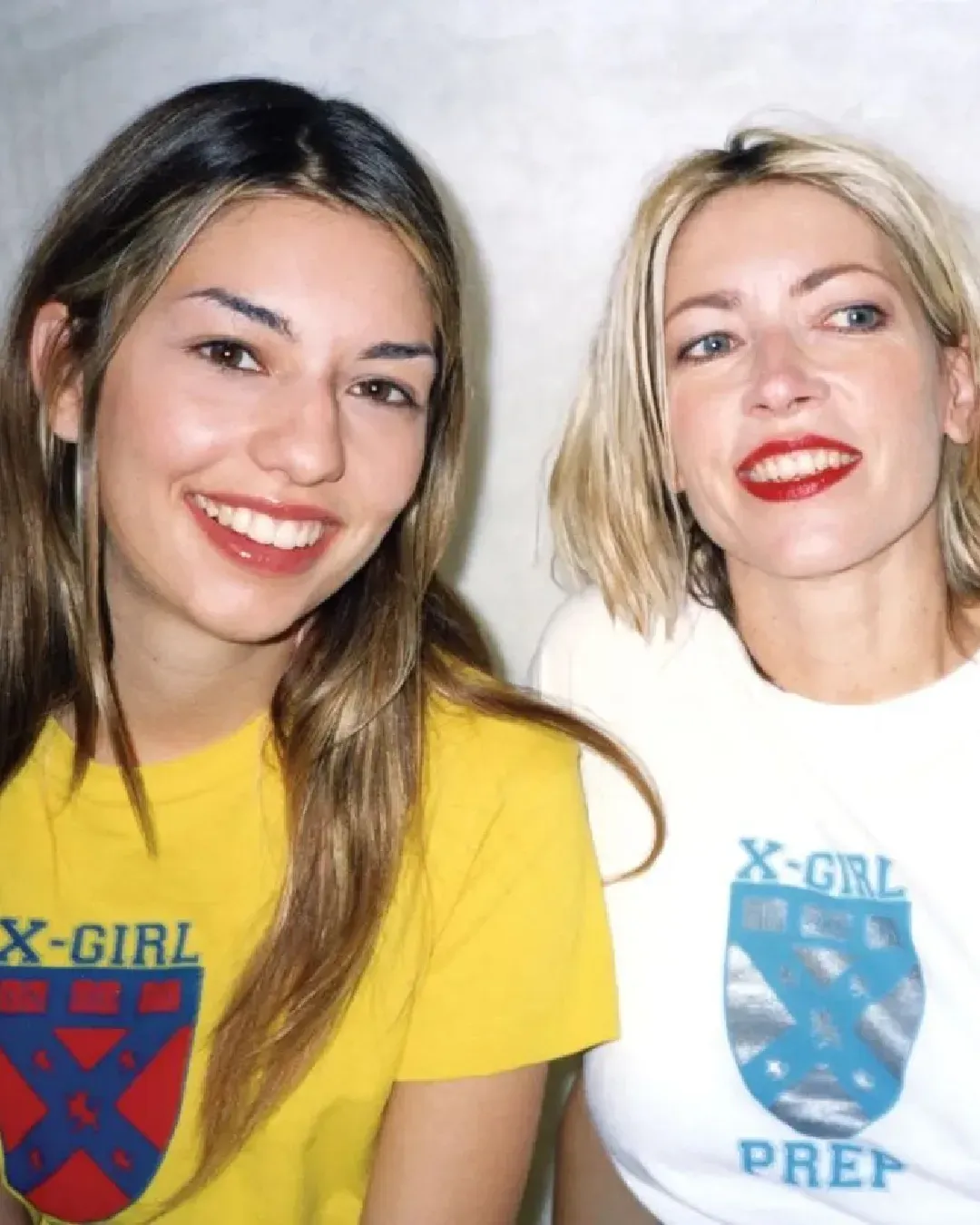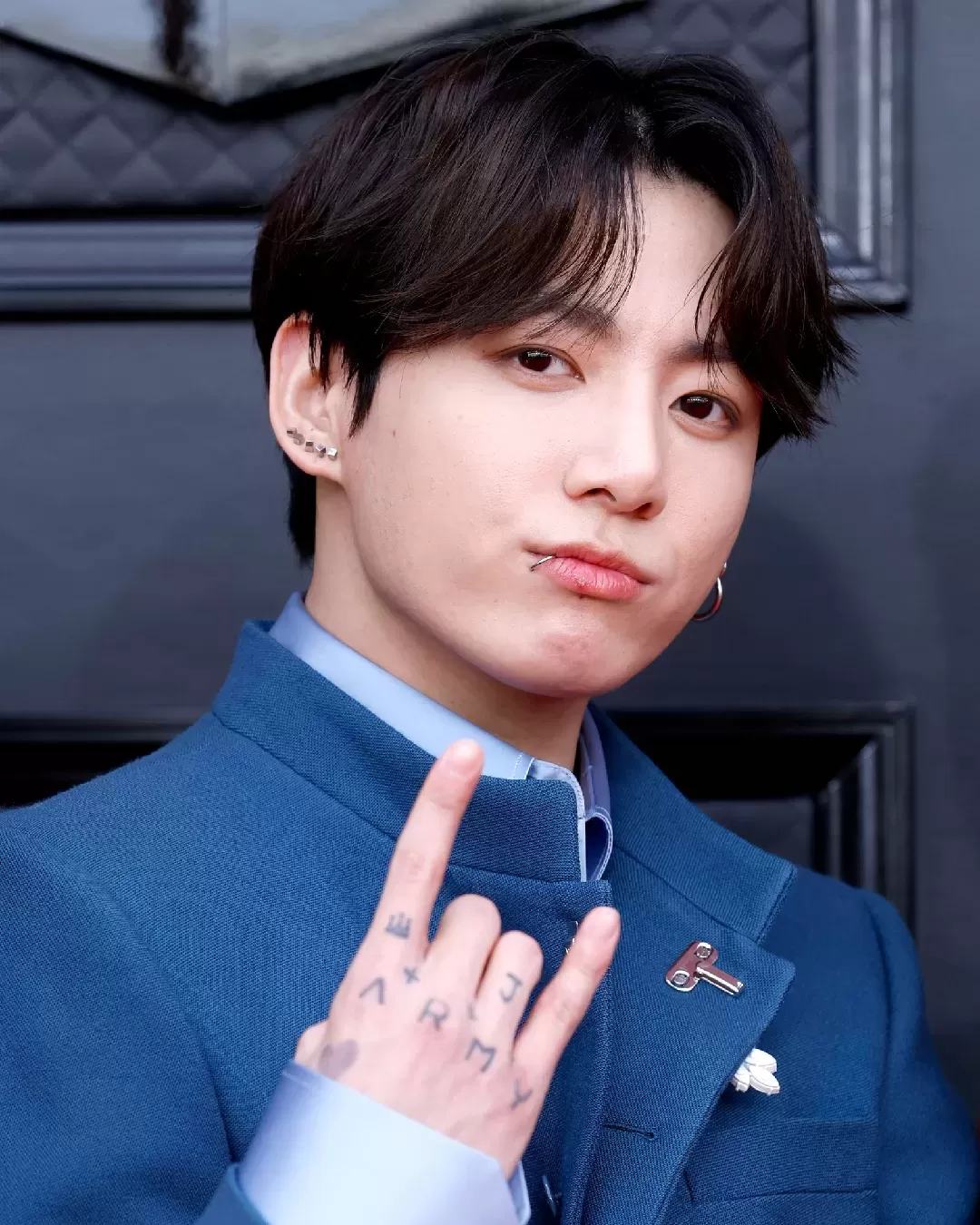
How do we imagine a sniper dresses? Between cyberpunk and the 1990s cool style
In these days, the most improbable superstars to emerge from the Paris Olympic Games are the sharpshooters of the Korean, Chinese, and Turkish teams. And if Yusuf Dikec, the silver medal winner, has become famous online for his complete lack of technical equipment (many are amazed that he made it to the Olympics with just a t-shirt and a pair of glasses), it was the look of Kim Yeji, the record-breaking South Korean champion, wearing a futuristic Fila suit, with her hair precisely gathered under a cap and her eyes hidden behind technical lenses that made her look like a cyborg, that ignited the world's imagination. Besides becoming an overnight superstar, the Korean shooter also brought to the forefront an aesthetic described online as that of a “sci-fi assassin”, becoming the living embodiment of characters that until now populated a specific sub-genre of films known as “female assassin movies”. While male snipers and sharpshooters became archetypes of action thrillers in the '80s, appearing in various forms over the decades (military uniforms, hyper-casual outfits like those in The Killer, black suits for the gentleman-assassin), Kim Yeji's “sci-fi assassin” look seems heavily indebted to an aesthetic that today, on internet forums, is referred to as “90s cool”, referencing both the historical period in which it developed and the singularity with which its elements kept reappearing across geographically and temporally distant films but not thematically.
What is “90s cool”?
On the Internet, the term “90s cool” was an amalgamation of personal and videographic style that emerged in the mid-90s and became, through media like cinema, music videos, and video games, a distinctive aesthetic that combined martial arts-style combat choreography with advanced computer-generated effects (CGI). This style was significantly influenced by the rise of anime in the West, incorporating elements of Y2K futurism and cyberpunk aesthetics, as seen in the anime Ghost in the Shell. Its popularity grew enormously with the success of the Matrix films, particularly around 1999-2000, when studios tried to replicate the iconic look and feel of the film, itself inspired by anime, but also by films like Alex Proyas's The Crow and John Woo's action thrillers. The hallmark of this aesthetic, repeated enough to become the signature of a decade, was its unique clothing, characterized by black leather trench coats, combat boots, sunglasses worn even at night, bulletproof vests, latex catsuits, and dark formal wear. It was a mix of cyberpunk, dark fantasy, but also the prevailing minimalism on the runways of the time. These outfits conveyed a sense of sophistication, elegance, and rebellion. The use of "Bullet Time," or slow-motion, transformed costumes into protagonists as the visual impact of black suits, trench coats fluttering like capes, and sunglasses was maximized.
@actt.ae SHE CARRIED ALL THE MOVIES
In the West, Matrix and the Blade trilogy are the quintessential films that embodied this look. In particular, Matrix defined and gave name to a way of dressing, with all-black outfits and sunglasses, featuring details like latex suits, technical glasses, and sleek, slicked-back hair. Blade, the success of which saved Marvel Studios, allowing them to create the first generation of comic book movies, also reinforced the appeal of tactical clothing, with its gritty urban warrior look, while other minor films, including Ballistic, Shaft, Equilibrium, and more modernly John Wick. Anime series like Trigun, Akira, Vampire Hunter D, Eat-Man heavily influenced this style and this dark, futuristic, action-oriented language. The connection to anime highlighted the fusion of Western and Eastern cultural influences that became a hallmark of the clothing and entertainment of the era. In the music field, the influence of the style was strongly felt: think of the catsuits and looks of Britney Spears in the video for Toxic, but also music videos that adopted the high-tech aesthetic like U2’s Elevation, connected to the Tomb Raider soundtrack, and TLC’s No Scrubs and Aaliyah’s Try Again. These videos often featured black leather outfits, latex catsuits, and high-tech gadgets, aligning with the visual themes of 90s Cool.
Fatal Women
@akaneditsoficial Filme:Female Prisoner #701: Scorpion #edit #fyp #fy #fypシ #filme #movie ruminate - tassel
The archetype of the female assassin has ancient roots, with examples like Yael and Judith in the Bible, who used cunning and strength to overcome their enemies. This theme evolved in cinema, where the lethal woman became a powerful protagonist. In the late 20th century, directors like François Truffaut with The Bride Wore Black (1968) and Bo Arne Vibenius with A Cruel Picture (1973) brought this character to the forefront, depicting women seeking revenge against those who wronged them. Between '72 and '73 in Japan, immensely influential films such as Toshiya Fujita's Lady Snowblood and Shunya Itō's iconic Female Prisoner 701 trilogy (inspired by the eponymous manga) laid the groundwork for the entire aesthetic and plot of Kill Bill, for example, and more generally created the idea of a ninja woman, skilled with weapons and eager for revenge. The '90s saw a rise in action heroines, exemplified by films like La Femme Nikita (1990), which inspired a TV series and a Hollywood remake, and later also the Underworld saga films reflecting a growing hunger for "girl power" narratives. The aesthetic of these characters often combines allure and danger, with actresses like Charlize Theron in Atomic Blonde and Angelina Jolie in Mr. & Mrs. Smith embodying this mix. They typically start in vulnerable positions, driven by personal loss or trauma, and their journey is about regaining power and seeking justice.















































